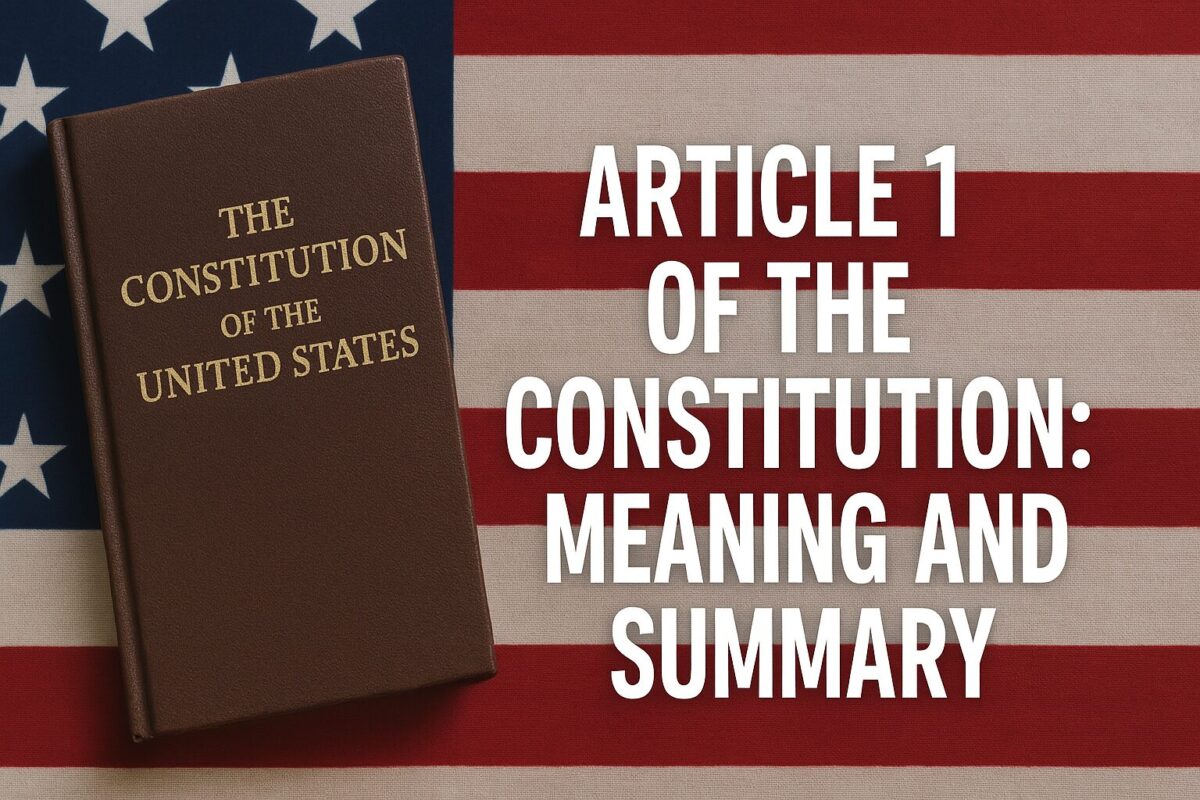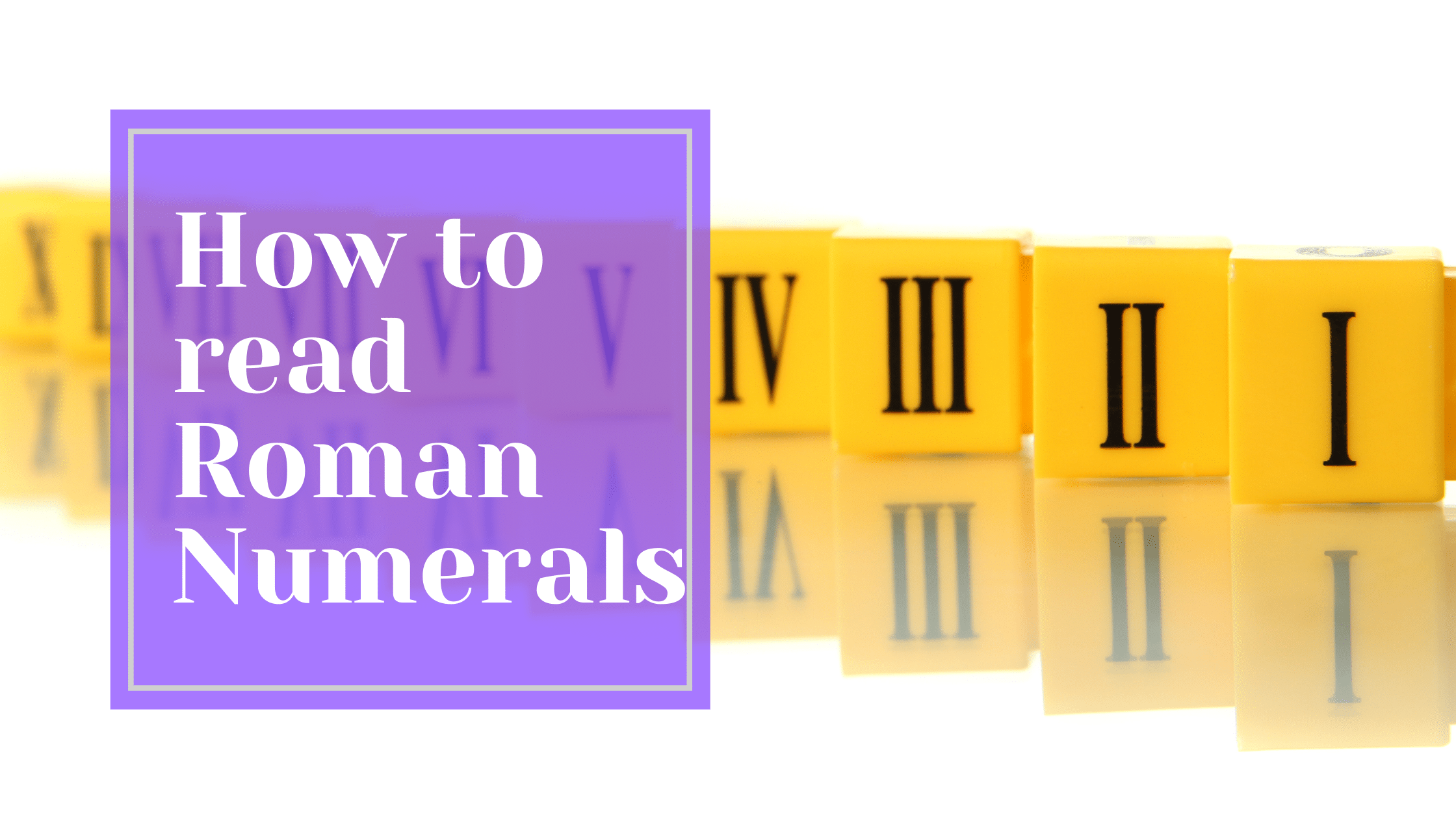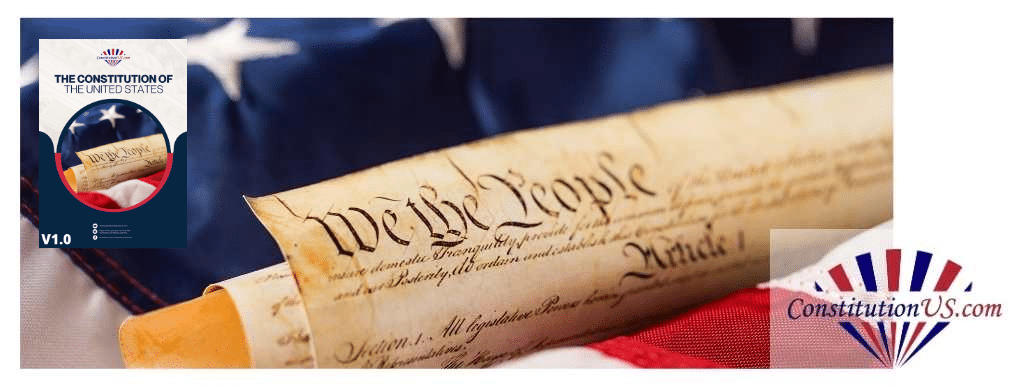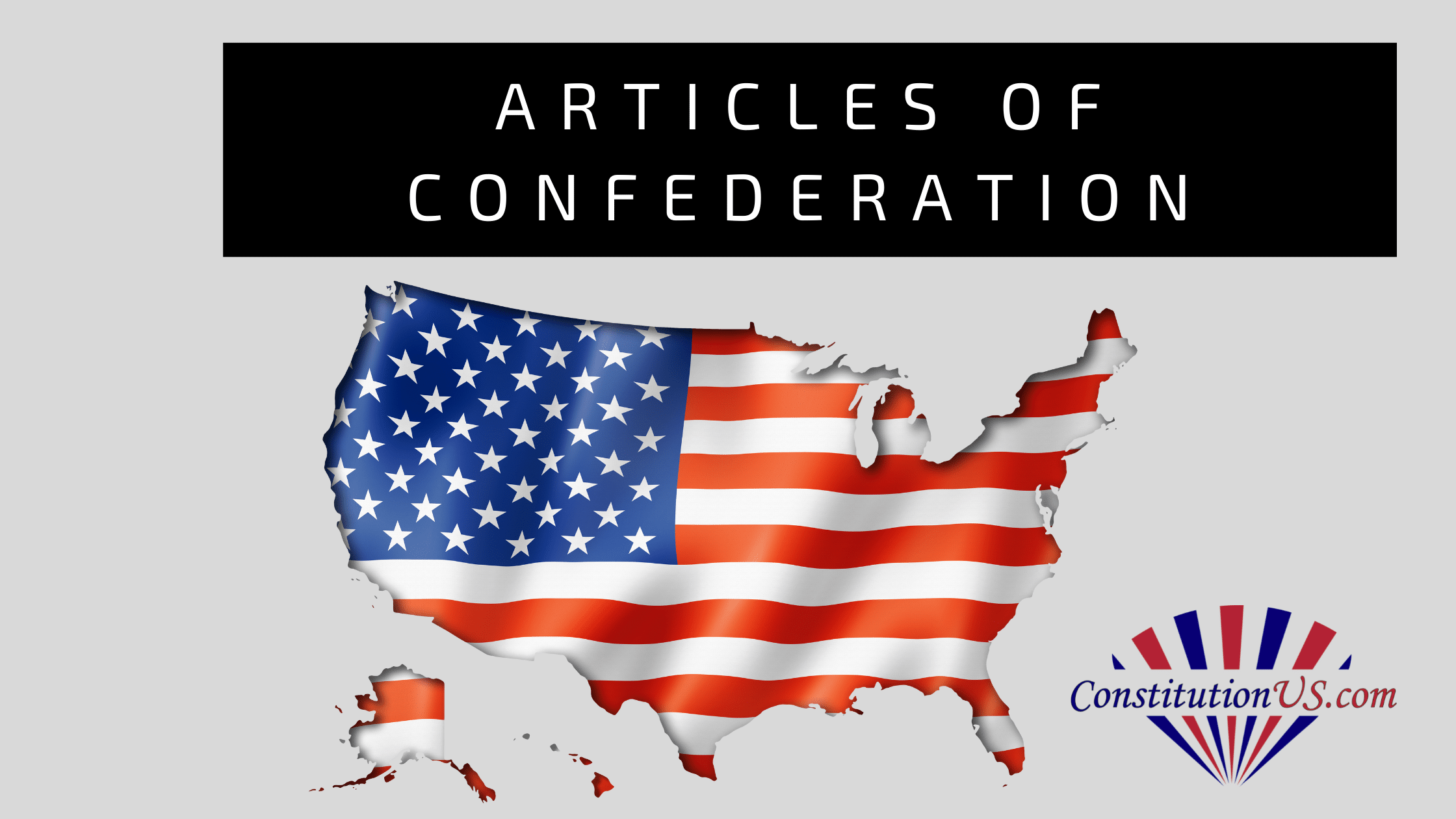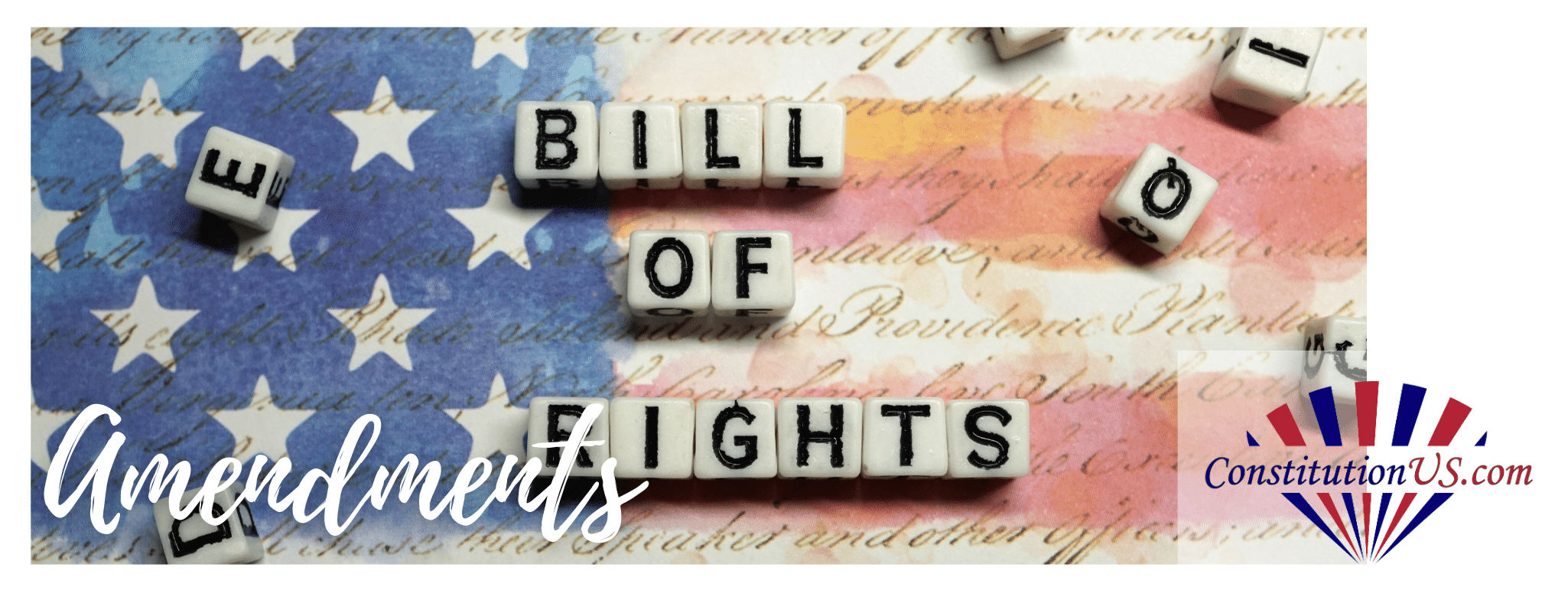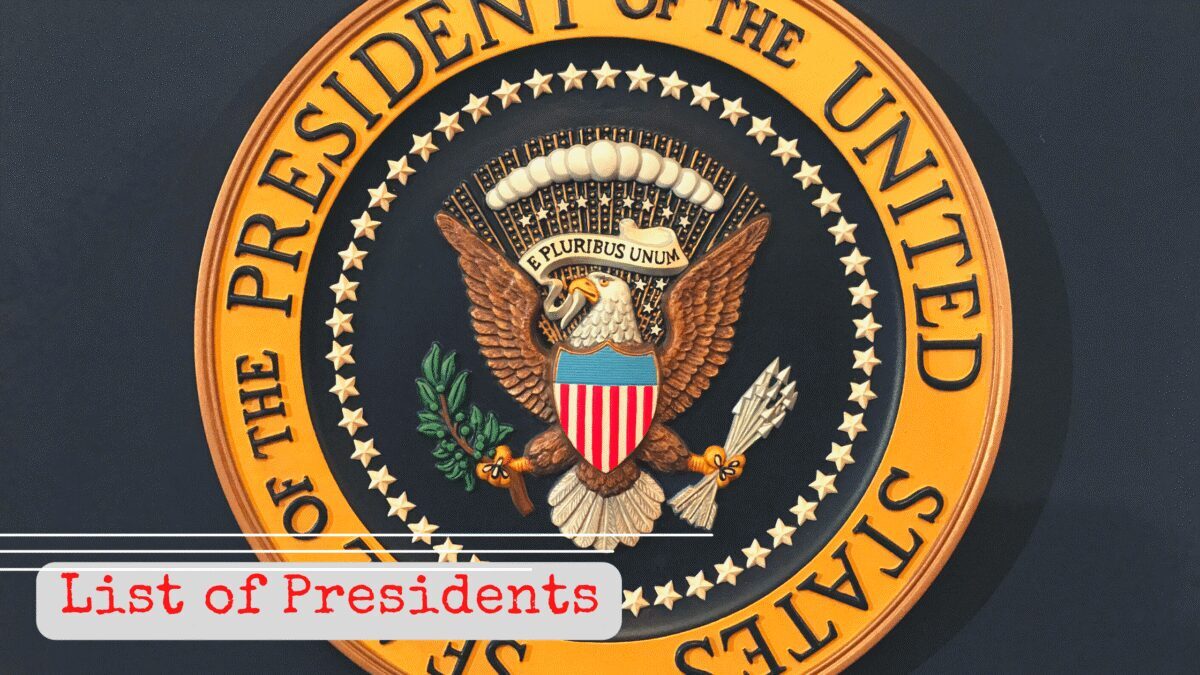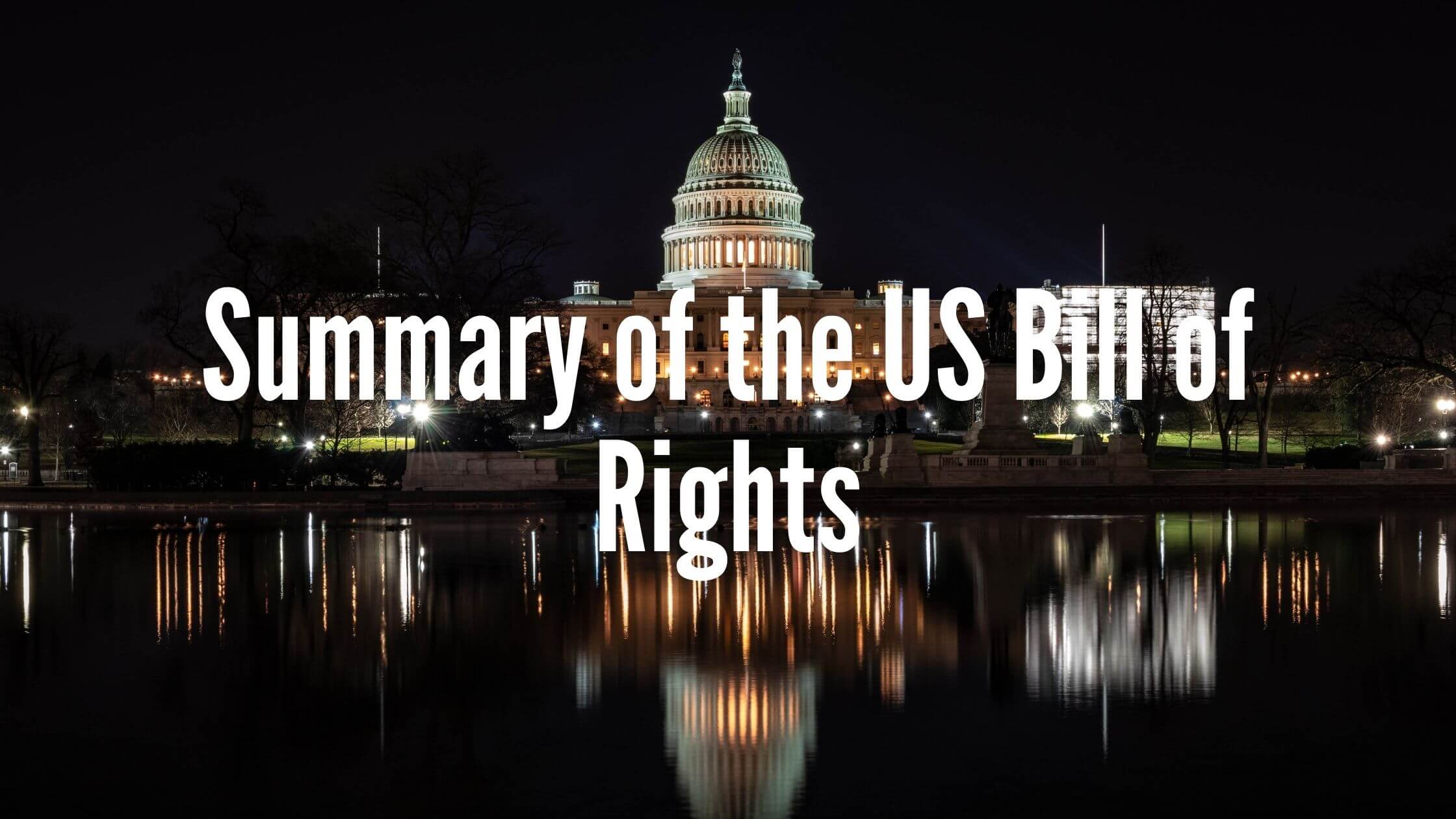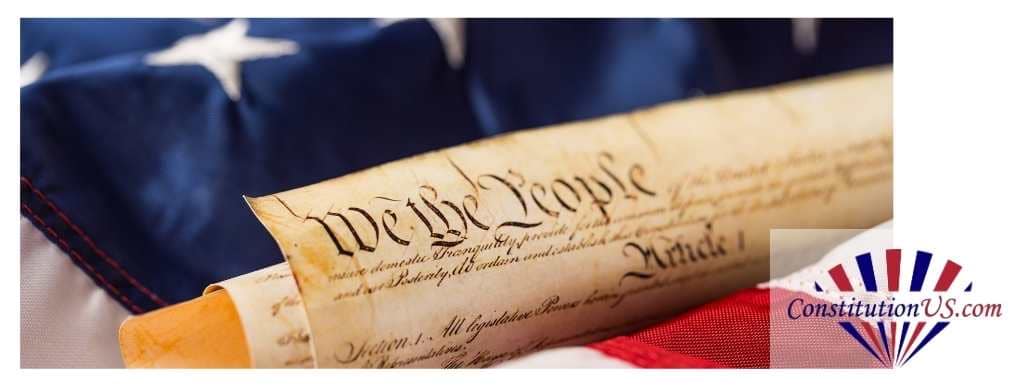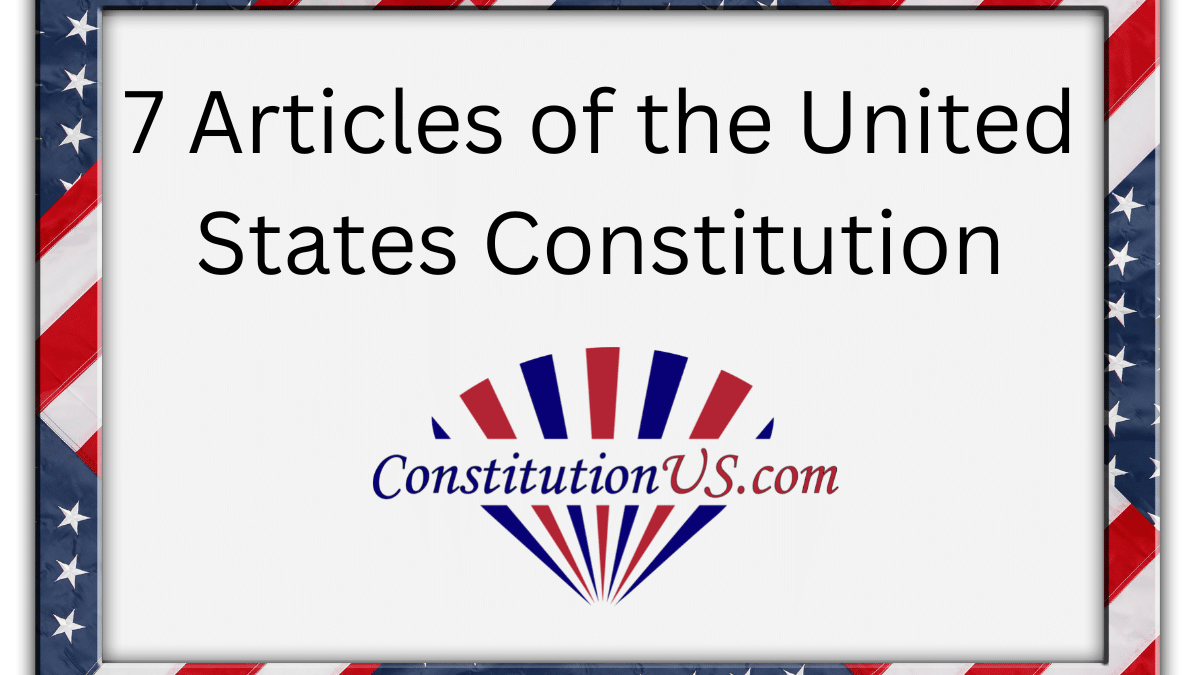Table of Contents
ToggleClick here to see Article 1 of the US Constitution.
Article 1 is the first and longest article of the Constitution. It has 10 sections and around 2,268 words.
But what is Article 1 of the Constitution?
Article 1 deals with the legislative branch. This refers to the United States Congress, which comprises the House of Representatives and the Senate.
Article 1 of the Constitution Summary – The Legislative Branch
The Founding Fathers divided the United States Constitution into seven individual articles. These seven articles each laid the foundation for a specific aspect of the American government.
For example, Article One of the Constitution laid the foundation for the United States Congress – the federal government’s legislative branch.
This branch is tasked with the creation of new laws or legislation.
In the next few paragraphs, we’ll examine everything you need about Article One of the Constitution.
What is the United States Congress?
Article 1 is about the Legislative Branch. According to the foundation outlined in Article One of the Constitution, the United States Congress is a bicameral legislature.
Legislature is another word for an assembly or group of people tasked with deliberation.
Bicameral means that this legislature has two distinct bodies, with these bodies being known as the House of Representatives and the Senate.
The House of Representatives is known as the “lower house” of the United States Congress, and the Senate is known as the “upper house.”
The Senate has fewer members than the House of Representatives and unique powers, such as confirming presidential appointments and ratifying treaties.
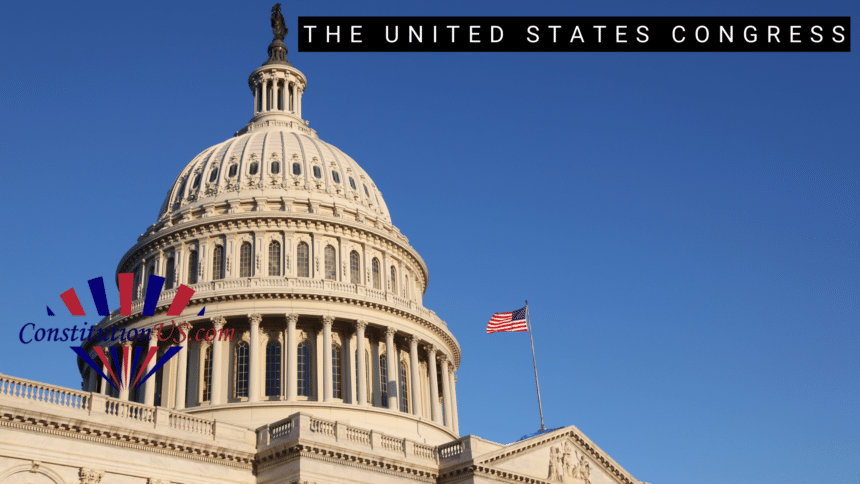
What Is the House of Representatives?
As the Lower House of Congress, the House of Representatives introduces and votes on bills, which may then go to the Senate for approval.
Once the House approves these Representatives’ bills, they will need to be approved by the Senate. The House of Representatives, as the name would suggest, features representatives from every state in the country.
The number of representatives for each state is based on its population, as measured by the census. Therefore, a state with a larger population has a greater number of representatives.
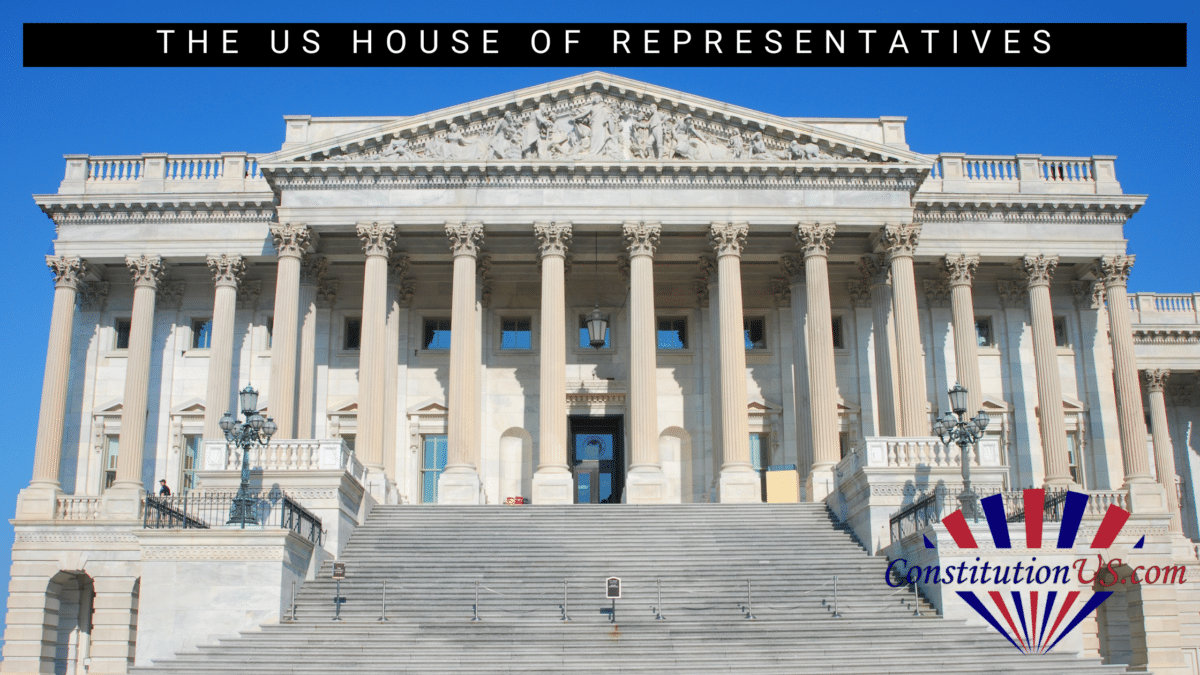
What is the Senate?
The Senate is the second chamber of Congress. The Senate also considers bills that pass the House before they can go to the President of the United States.
The Senate is a smaller body than the House of Representatives, and it is much harder to become a member.
The Senate is composed of two senators per state, regardless of population, unlike the House of Representatives, which allocates members based on state population.
The United States Vice President serves as the President of the Senate but only votes in the case of a tie.
Division of Power Allows for Checks and Balances
Article 1 of the Constitution explicitly lays the foundation for the United States Congress. It creates a bicameral legislative branch so that there are checks and balances regarding what laws are passed. This is clear to see by having both the House of Representatives and the Senate.
If all legislative power rested in one house, it could pass laws without the other chamber acting as a check.
This Concept of Checks and Balances Is Not Unique to Article One
The point of Article One is to establish the structure and powers of Congress, ensuring a system of checks and balances within the legislative process.
This system of checks and balances within the legislative branch of government mirrors the checks and balances between the legislative, executive, and judiciary branches that make up the United States government as a whole.
The Founding Fathers, when writing the Constitution, aimed to include as many checks and balances in the Constitution as possible to prevent the government from being corrupt. They also wanted to avoid creating amendments not in line with the Constitution.
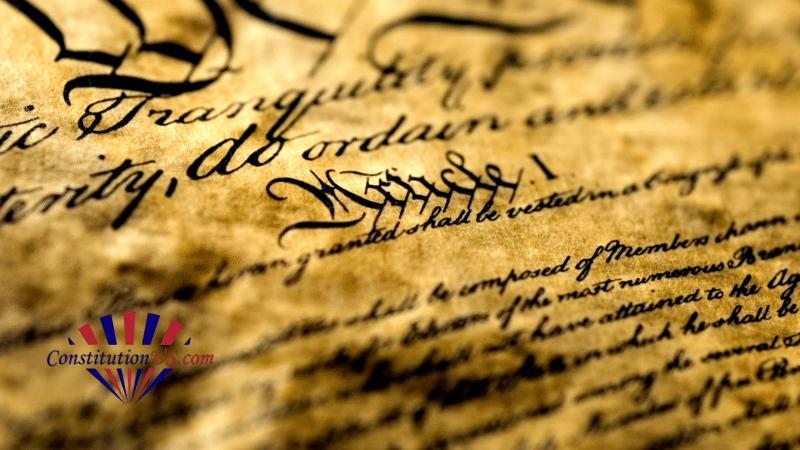
Article One Dictates How the United States Congress Should Be Staffed
Article 1, Section 1, lays the foundation for this bicameral legislature and defines what these two bodies are tasked with doing.
Article 1, Section 2 of the Constitution details the structure and qualifications for the House of Representatives, while Section 3 does the same for the Senate.
The terms for becoming a member of the House of Representatives or the Senate are thoroughly explained in Article One.
Article 1 sets age, citizenship, and residency requirements for members of the House and Senate.
Staffing the House of Representatives
According to Article One of the Constitution, members of the House of Representatives are elected every two years. Each state’s citizens’ current population determines the number of seats available.

Get Smarter on US News, History, and the Constitution
Join the thousands of fellow patriots who rely on our 5-minute newsletter to stay informed on the key events and trends that shaped our nation's past and continue to shape its present.
Staffing the US Senate
In Article 1, Section 3, the terms for staffing the Senate are outlined. Each state has two senators, serving six-year terms.
Instead of the number of representatives determined based on population, every state is given two senators, regardless of the state’s size.
This mechanism makes it so that states with higher or more condensed populations do not silence states with lower or more thoroughly dispersed populations.
Originally, Article 1, Section 3 required state legislatures to elect senators. The 17th Amendment, ratified in 1913, changed this by allowing direct election of senators by voters.
The Many Other Powers of the Legislative Branch
The remaining sections of Article One of the Constitution establish the specific goals and powers of the United States Congress and its two distinct branches.
For example, Article 1, Section 4 gives Congress the power to regulate the time, place, and manner of federal elections, while Article 1, Section 5 allows Congress to discipline its own members.
Article 1, Section 6 of the Constitution also sets forth how members of the United States Congress are to be compensated.
How Bills Become Laws (And How the President Can Stop Them)
Article 1, Section 7 of the US Constitution dictates how bills are passed through the House of Representatives, then through the Senate, and finally, are sent to the US President’s desk.
The president has veto power, meaning the president can choose not to sign the bill into law.
However, if the president agrees with the bill, they will sign it, and the bill will be passed into law.
The Terms of Article One Are Important for Understanding Congress’s Powers
Article 1, Section 8 grants Congress powers such as coining and regulating money, establishing post offices, creating lower federal courts, and declaring war. Article 1, Section 9, and 10 limit Congressional and state powers
While the Constitution of the United States was cautious in giving no single branch of the United States government total control, it does give a large amount of power to its legislative branch.
Effects of the 13th Amendment
The 13th Amendment, ratified in 1865, abolished slavery and involuntary servitude, except as punishment for a crime. This, along with the 14th Amendment, effectively ended the Three-Fifths Compromise that had affected congressional representation.
Together, the 13th and 14th Amendments changed how Article 1 applies to representation and citizenship by ending slavery and overturning the Three-Fifths Compromise.
Here’s a table that summarizes Article 1 of the US Constitution:
| Article 1 of the US Constitution |
|---|
| Section 1: Legislative Powers Vested in Congress |
| Section 2: House of Representatives |
| Section 3: Senate |
| Section 4: Elections and Meetings |
| Section 5: Membership and Rules |
| Section 6: Compensation and Privileges |
| Section 7: Revenue Bills, Legislative Process, Presidential Veto |
| Section 8: Powers of Congress |
| Section 9: Limits on Congress |
| Section 10: Limits on States |
This table provides a brief summary of the 10 sections of Article 1 of the US Constitution, which outlines the powers and structure of the legislative branch of the federal government.
The following is a graphical representation of Article 1 of the Constitution. Feel free to borrow it or print it out as long as you keep the reference to this website. You can click on it for a larger copy.

